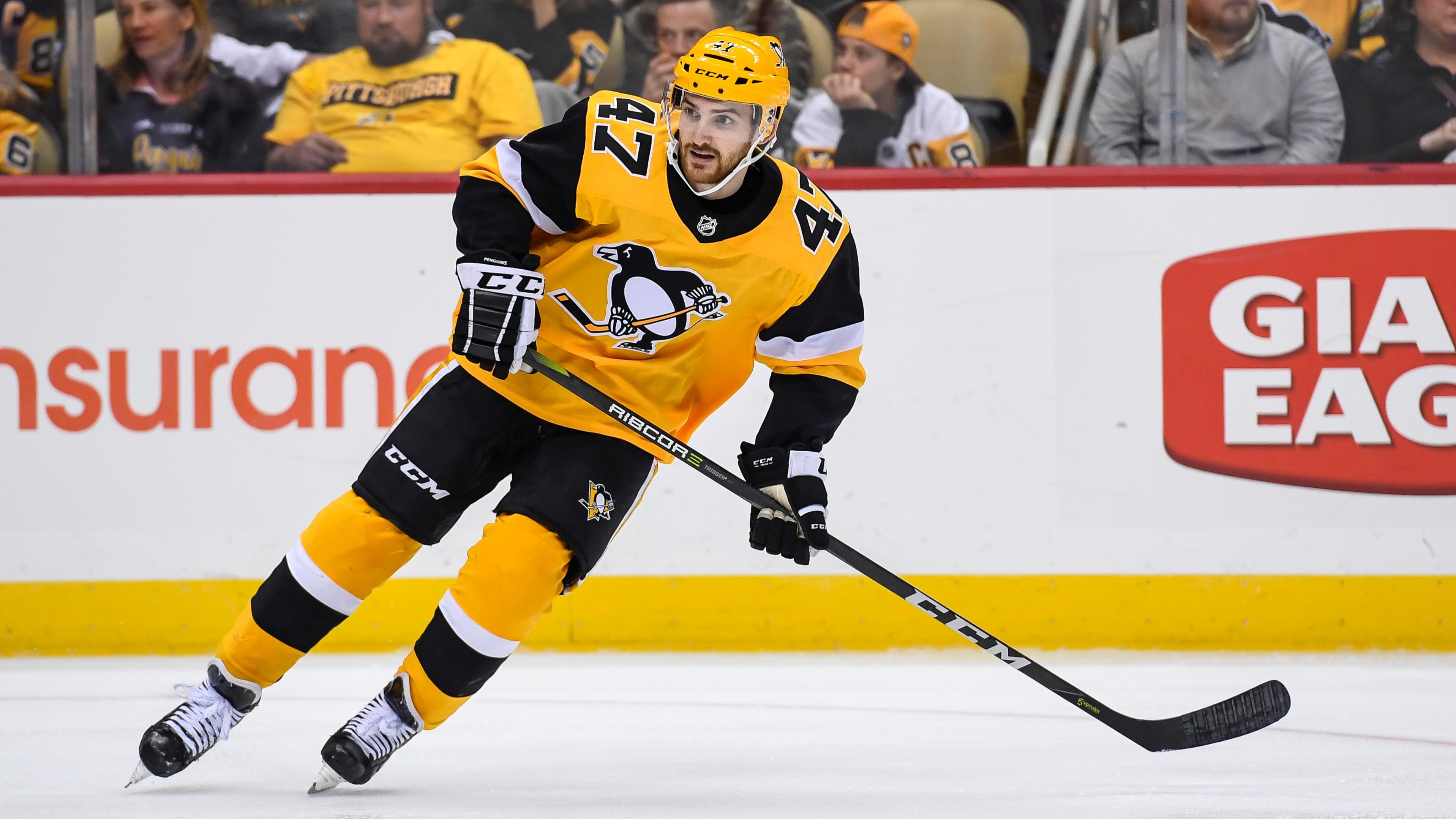
Title: Enhancing Player Safety: A Look at Protective Gear Options in the NHL
Introduction:
The tragic death of former Pittsburgh Penguins player Adam Johnson has brought player safety to the forefront of discussions within the National Hockey League (NHL). As the league mourns the loss of a talented athlete, it is crucial to explore and evaluate the available protective gear options that can help prevent future tragedies. In this article, we will delve into the various protective gear options in the NHL, their effectiveness, and potential areas for improvement.
Helmets:
Helmets are an essential piece of protective gear in hockey, designed to safeguard players against head injuries. The NHL has made significant strides in improving helmet safety standards over the years. Modern helmets are constructed with advanced materials such as Kevlar and foam padding, providing better protection against concussions and skull fractures. However, ongoing research and development are necessary to ensure helmets keep pace with evolving safety requirements.
Facial Protection:
Facial injuries are unfortunately common in hockey due to high-speed collisions and errant sticks or pucks. To address this issue, players have the option to wear full-face shields or visors. While full-face shields offer comprehensive protection, some players prefer visors for better visibility and breathability. Encouraging players to wear facial protection can significantly reduce the risk of severe facial injuries.
Neck Guards:
Neck guards are designed to protect players from potentially life-threatening injuries caused by skate blades or errant sticks. These protective collars cover the vulnerable area between the helmet and shoulder pads, reducing the risk of severe lacerations or jugular vein injuries. The NHL has made neck guards mandatory in lower levels of play, but their use remains optional at the professional level. Reevaluating this policy could further enhance player safety.
Shoulder and Elbow Pads:
Shoulder and elbow pads are crucial for protecting players from direct hits, collisions, and falls. These pads are designed to absorb impact and distribute force, reducing the risk of shoulder dislocations, fractures, and other upper body injuries. Manufacturers continually strive to improve the flexibility and mobility of these pads without compromising their protective capabilities.
Knee and Shin Guards:
Knee and shin guards are essential for protecting players’ lower extremities from injuries caused by collisions, falls, or blocked shots. These guards typically consist of hard plastic shells and foam padding, providing impact resistance and shock absorption. Regular advancements in materials and design have resulted in lighter, more comfortable guards that offer enhanced protection without hindering players’ mobility.
Conclusion:
The tragic death of Adam Johnson has underscored the importance of player safety in the NHL. While the league has made significant progress in improving protective gear, there is always room for further enhancement. Continued research, collaboration with equipment manufacturers, and open dialogue between players, coaches, and the league can lead to innovative solutions that prioritize player safety without compromising the integrity of the game. By exploring and implementing the best available protective gear options, the NHL can ensure a safer environment for its athletes and prevent future tragedies.
